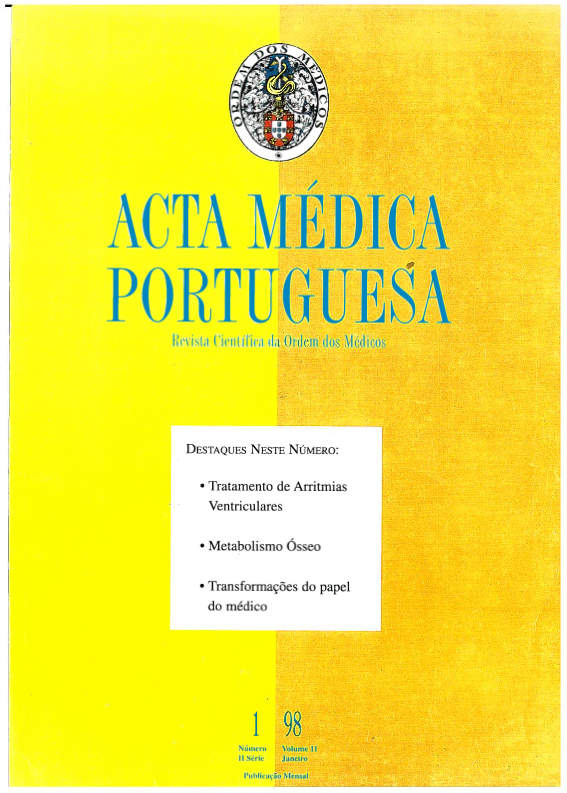Regulation mechanisms of bone metabolism.
DOI:
https://doi.org/10.20344/amp.2201Abstract
The bone is continuously in a remodelling process. Bone mass is maintained in a continuous balance between its destruction and formation. Bone remodelling proceeds in a highly regulated cycle in which osteoclasts adhere to bone and subsequently remove it by acidification and proteolytic digestion and the osteoblasts secrete a organic matrix which is calcified into new bone. Bone remodelling is the cellular basis of bone metabolism. Pathological changes in many metabolic bone diseases can be explained by abnormalities at some point of the remodelling cycle. The mechanisms of regulatory bone metabolism involve the availability of a number of minerals and ionic homeostasis, systemic hormones and numerous local factors. In this work the general pattern of bone remodelling and the cellular mechanisms of bone resorption and formation are briefly described. The role of systemic and local factors in the regulation and coupling of these two processes is also reported.Downloads
Downloads
How to Cite
Issue
Section
License
All the articles published in the AMP are open access and comply with the requirements of funding agencies or academic institutions. The AMP is governed by the terms of the Creative Commons ‘Attribution – Non-Commercial Use - (CC-BY-NC)’ license, regarding the use by third parties.
It is the author’s responsibility to obtain approval for the reproduction of figures, tables, etc. from other publications.
Upon acceptance of an article for publication, the authors will be asked to complete the ICMJE “Copyright Liability and Copyright Sharing Statement “(http://www.actamedicaportuguesa.com/info/AMP-NormasPublicacao.pdf) and the “Declaration of Potential Conflicts of Interest” (http:// www.icmje.org/conflicts-of-interest). An e-mail will be sent to the corresponding author to acknowledge receipt of the manuscript.
After publication, the authors are authorised to make their articles available in repositories of their institutions of origin, as long as they always mention where they were published and according to the Creative Commons license.









